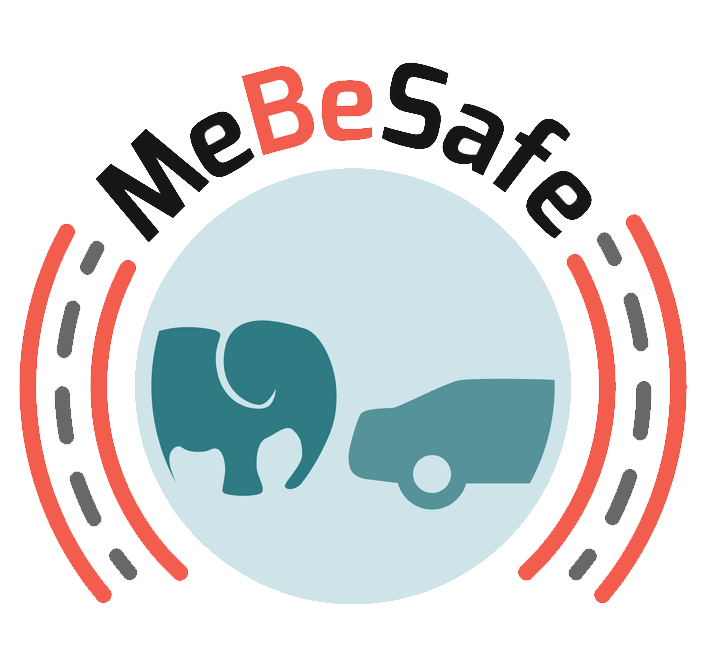Judgement of the road users: Is MeBeSafe on the right track?
MeBeSafe aims to make traffic safer by targeting certain specific situations with soft measures, namely nudging and coaching. But are these situations really what the general public finds most dangerous? And are soft measures actually what they desire? Chalmers wanted to find out.
There were three groups of people. All road users, but very different. One was made up of those only cycling, one of those only driving car and the last of those doing a bit of both. They all got one workshop each, where they were to identify what they found most dangerous in traffic and how they wanted to solve it. And indeed, vast numbers of dangerous situations were found. Only the two situations voted to be most dangerous were up for solving, but the suggestions were certainly plentiful as well.
The results were of course highly mixed. Each group generally identified problems for their own mode of transport, and these problems were naturally mainly thought to be caused by another mode of transport. However, there were some problems found to be universal.
A negative mood was thought to inherently loom over the entire traffic system, affecting everybody exposed to it. Infrastructure and planning were thought to generally be lacking, especially when it comes to reroutes during construction works. Most interesting was however that the intersections of roads and biking lanes was a major issue for both cyclists and motorists, albeit from opposite perspectives.
The bank of potential solutions was very wide and included everything from positive hugs, such as reduced congestion tax for cars letting cyclists pass at intersections, to highly negative smacks, such as nails shooting up from the ground to prevent cars from driving further.
It was however really reassuring that all groups suggested much more soft measures than hard. Even for other groups than their own, which is usually not the case. Furthermore, the main type of ‘hard’ measure was also based on clarifying the existing traffic rules. This is indeed a lot less hard than many measures actually in use today.
The results from the workshops will now be thoroughly analysed, to find the true meaning of them. However, the very strong focus on softer measures, and the fact that cars and bikes crossing each other’s way is a main problem in traffic, is highly encouraging for MeBeSafe. Soft measures, instead of prohibitions, is what the entire project is all about, and intersection interaction between cars and bikes is a main theme in two different work packages.
Indeed, soft measures are often thought to work less well than harder measures. Early results from MeBeSafe however suggests that the soft nudging and coaching measures really work. MeBeSafe therefore addresses the one situation found most dangerous in traffic; cars and bikes intersecting each other’s way. It does it by soft measures, which found to be preferred by road users. And the measures that are used seem to actually work. It can therefore safely be said that MeBeSafe is on the right track.
